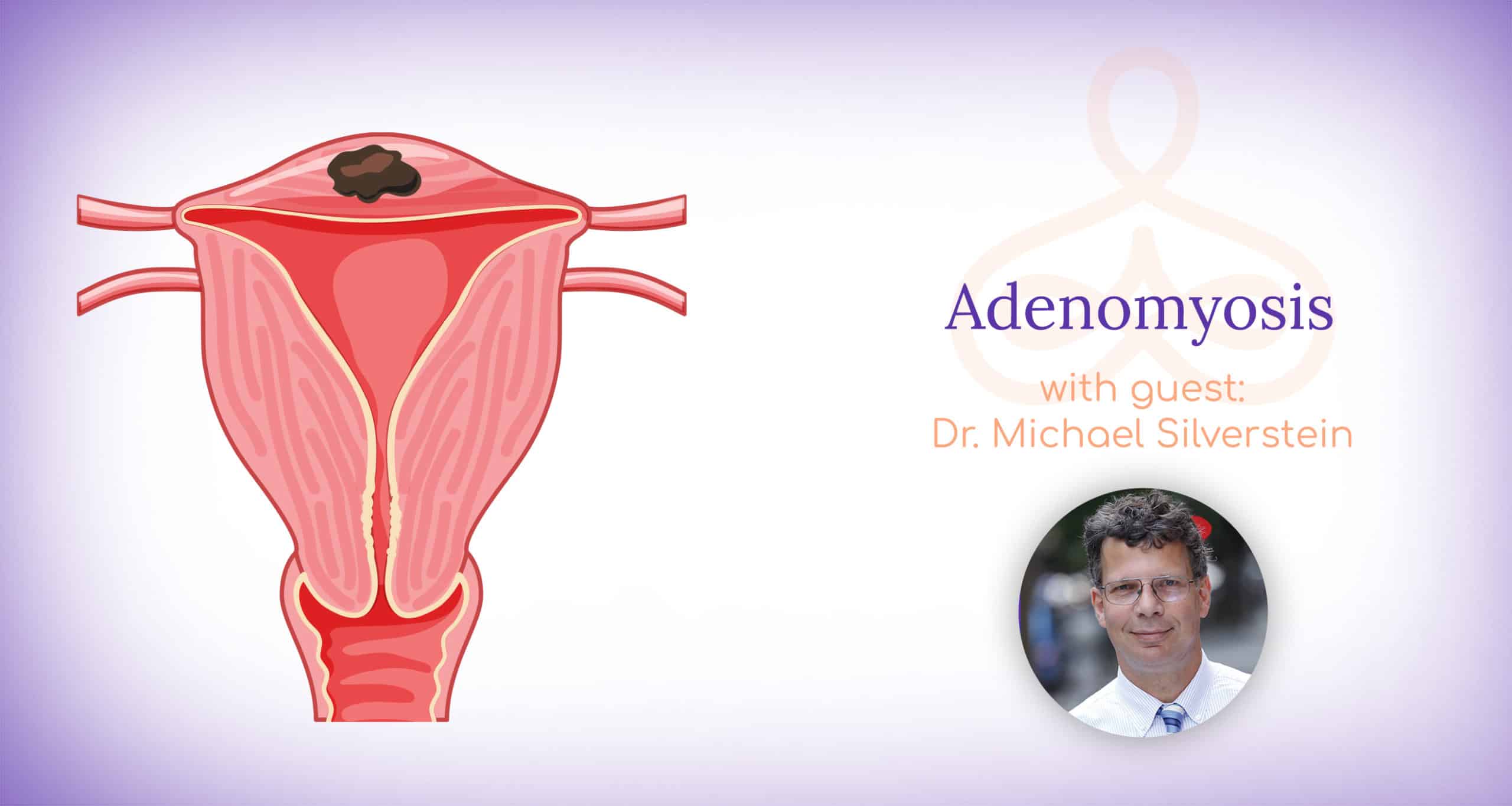Adenomyosis is a relatively common condition, similar to endometriosis but with a few significant differences that impact the diagnosis and treatment methods. Dr. Michael Silverstein joined Dr. Nathan Fox on the Healthful Woman podcast to discuss adenomyosis and some of those key differences.
What is Adenomyosis?
Adenomyosis is a condition that occurs when glands from the lining of the uterus (endometrium) grow into the muscular wall (myometrium) of the uterus. Normally, in the absence of implantation (pregnancy), these glands are shed out of the cervix during menstruation. With adenomyosis this shedding occurs in tight spaces within the uterine muscle, causing severe menstrual pain that often gets worse throughout a woman’s life.
According to Dr. Silverstein, “adenomyosis is often is a congenital disorder, meaning you’re born with these glands in the muscle of the uterus.” Women are often diagnosed with adenomyosis in their teens or 20s when they come to their gynecologist with menstrual pain that is worsening over time. On exam, the uterus is often enlarged and tender.
How is Adenomyosis Treated?
Adenomyosis is mainly treated by preventing menstruation. If you are currently planning a pregnancy, getting pregnant will reduce the symptoms of adenomyosis since the glands are not shedding. If a pregnancy is not planned, there are several other possible treatments.
Combination birth control pills (pills with estrogen and progesterone) are especially helpful. A progesterone IUD may also be helpful. A hysterectomy (removing the uterus) without removing the ovaries can eliminate pain without the risks of hormone fluctuation.
How is Adenomyosis Different from Endometriosis?
If you listened to our podcast on endometriosis, this conditions might sound similar, but with endometriosis, the glands grow outside of, not in, the uterine wall. There are a few other differences to consider. Both can cause debilitating pain that often build as the period approaches, then peaks with the menstrual flow.
Adenomyosis can frequently be diagnosed with ultrasound or MRI since there are changes in the uterus. As Dr. Fox explains, “we usually see the uterus is bigger or bulkier as we call it and frequently asymmetric.” Endometriosis is almost impossible to detect with an MRI since it develops deeper in the abdomen.
Schedule an Appointment
At Carnegie Women’s Health, we are dedicated to compassionate care and can help you get the right treatment for adenomyosis. Schedule an appointment today to discuss an ultrasound, birth control, and other treatment methods that can alleviate your painful symptoms.

